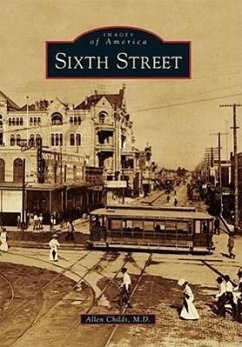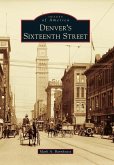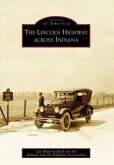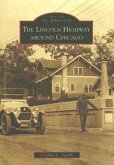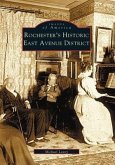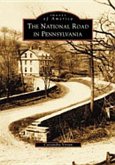Now listed in the National Register of Historic Places, Sixth Street began more than 170 years ago as the only level pathway into the town of Austin from the east. Originally called Pecan Street, throughout its history the street was also a level playing field for merchants and minorities, for moneyed dynasties and little mom-and-pop places. When Austin was a segregated society, Sixth Street was a standout exception where people of all races lived and worked. By 1871, the arrival of the railroad kindled the explosive development of Pecan Street into Austin's first mercantile center. It was home to Austin's first hotel, Bullock's at Congress Avenue and Pecan Street; the first fight with the government of the new Republic of Texas; and the first brothel. In the 1970s, the commercial district suffered some deterioration. Then, as it has done before, Sixth Street was reborn, this time as the Sixth Street Historic Entertainment District. Loved by Austin residents and visitors alike, Sixth Street is Texas's most famous thoroughfare.

